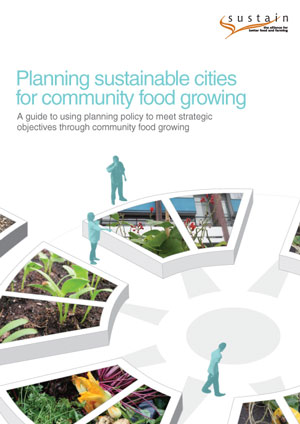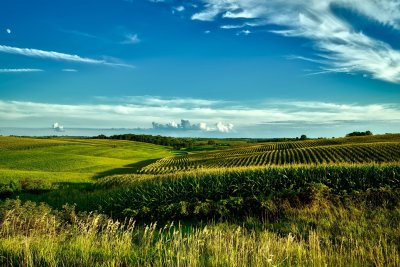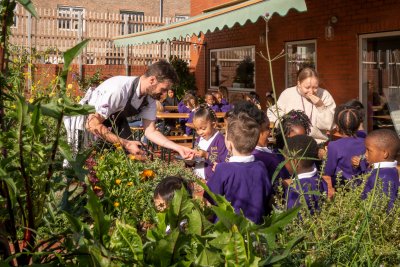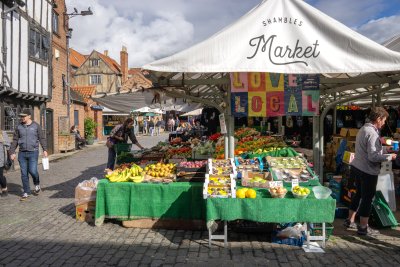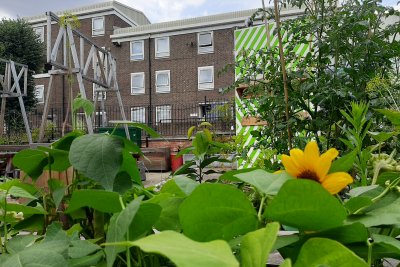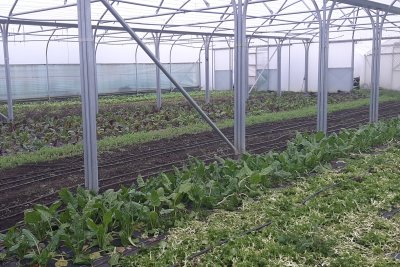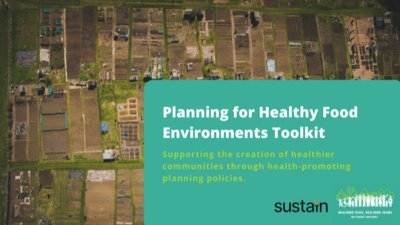Planning sustainable cities for community food growing
A guide to using planning policy to meet strategic objectives through community food growing.
The report sets the planning context in the four nations, and provides the background to community food growing. The bulk of the report is structured around the different issues that food growing helps to address, from sustainability to residential amenity via health and wellbeing, green infrastructure, regeneration and many other agendas. Within each section we document how food growing has been woven into planning policies to meet these priorities in local areas, and illustrate these with examples of growing projects that have also been set up to help meet that particular agenda. In some cases, such as in Brighton & Hove, the food growing spaces were set up as a direct result of planning policies, which have now led to over a third of new residential developments having integrated space for community food growing.
We end the report with recommendations, firstly to planners with practical steps, or top tips, on putting these ideas into policy and practice, then more broadly recommendations to local groups about their potential role. We then make recommendations for what national government in each of the four nations can do better to embed community food growing into local planning policies and processes.
Report contents
Summary
Introduction
- What is community food growing?
- The role of planning
- National planning policies and frameworks
- Local planning role
How community food growing contributes to local strategic objectives
- Sustainability
- Green infrastructure
- Health and wellbeing
- Education, skills and enterprise
- Regeneration and community development
- Design and residential amenity
Writing planning policies to support community food growing
- Local plan making
- Evidence gathering
- Leadership
- Ability to deliver
Recommendations
Other resources
References
Planning Food Cities: Find out how to get involved shaping the future of your local area to create a more sustainable and local food system.
Sustain
The Green House
244-254 Cambridge Heath Road
London E2 9DA
020 3559 6777
sustain@sustainweb.org
Sustain advocates food and agriculture policies and practices that enhance the health and welfare of people and animals, improve the working and living environment, promote equity and enrich society and culture.
© Sustain 2024
Registered charity (no. 1018643)
Data privacy & cookies
Icons by Icons8
